Monthly Archive: January 2019
Science Contributor

Hydrogen can be easily produced through water electrolysis (2H2O → 2H2 + O2), a process that makes use of electricity to break the bonds between constituent elements…
Read more
Daniel Nelson
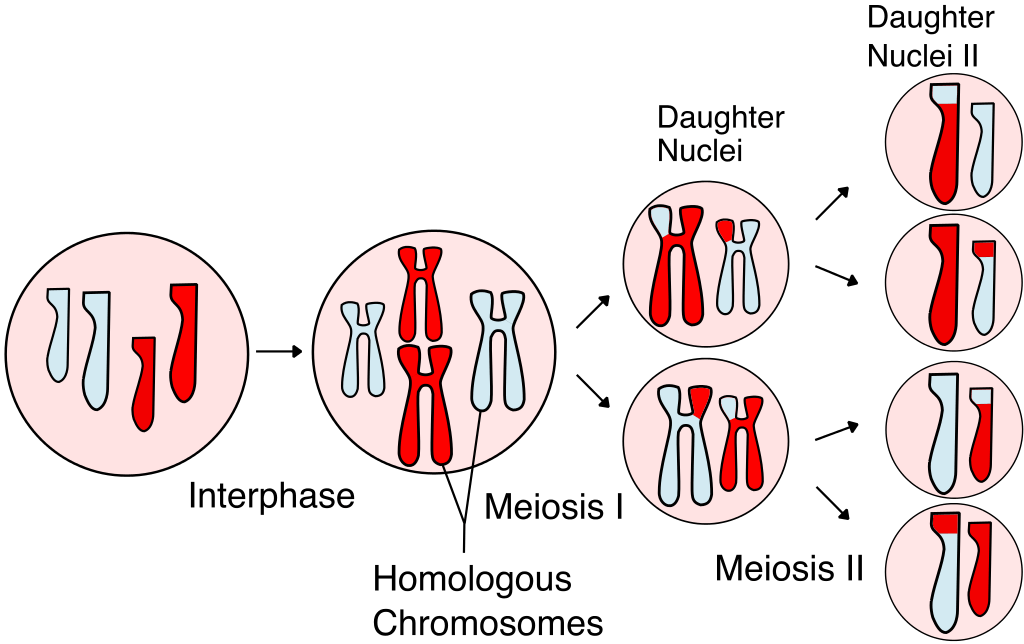
Meiosis is the process which creates sex cells, or gametes. During the process of meiosis, chromosomes are divided by half in order to create haploid…
Read more
Daniel Nelson

What are the anatomical planes of the body? The anatomical planes of the body are directional terms used by anatomists to help facilitate the discussion…
Read more
Daniel Nelson
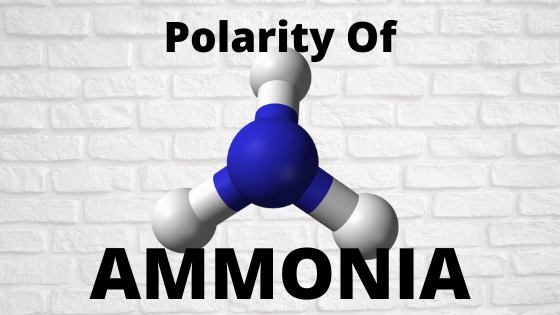
Ammonia, chemical formula NH3, is a colorless gas frequently used in the production of fertilizer, as a cleaning chemical, and in the creation of nitrogenous…
Read more
Daniel Nelson
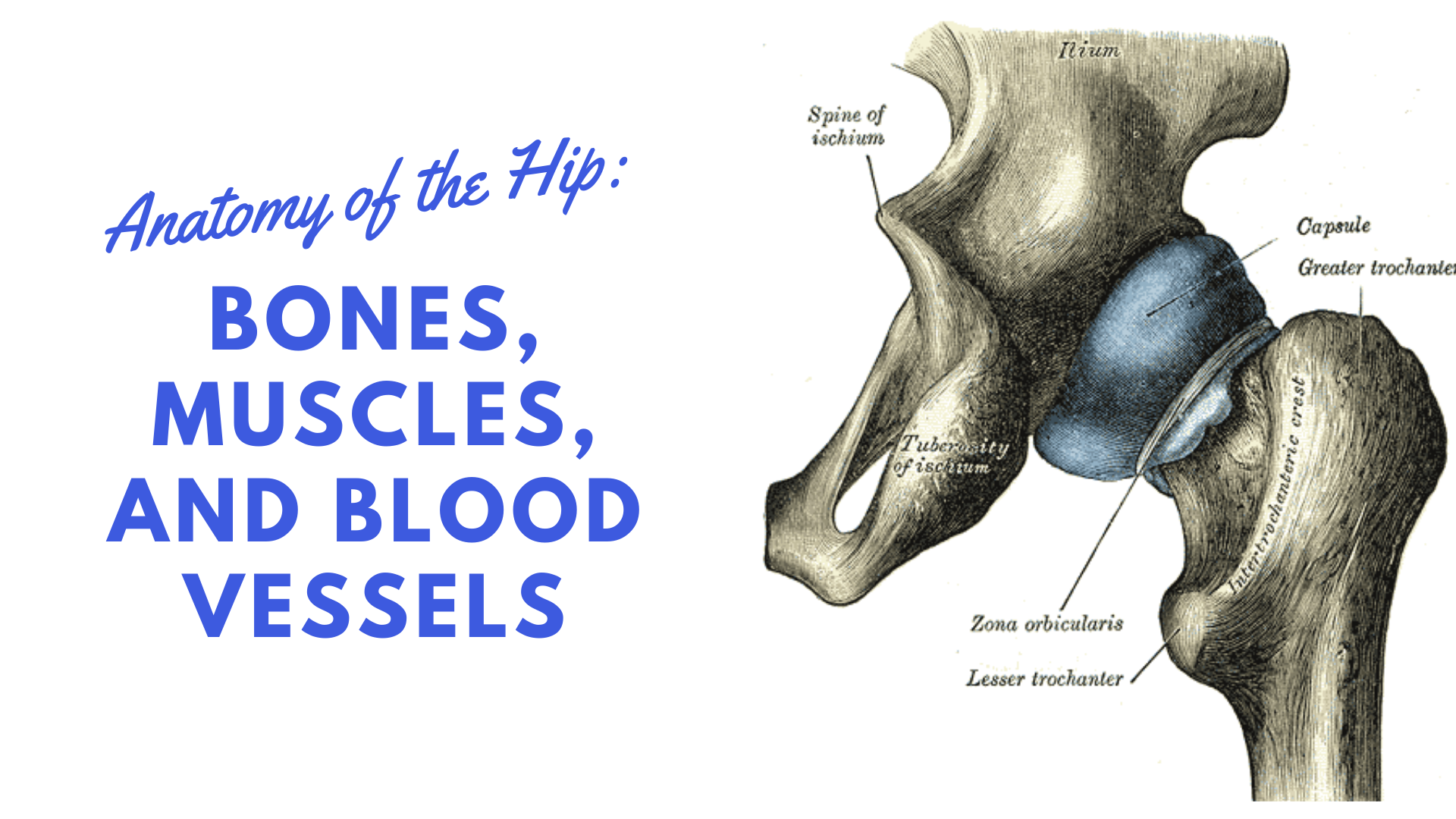
The acetabulofemoral joint, commonly called the hip joint, scientifically termed is located in between the pelvis and the femur of the legs. The hip is…
Read more
Daniel Nelson
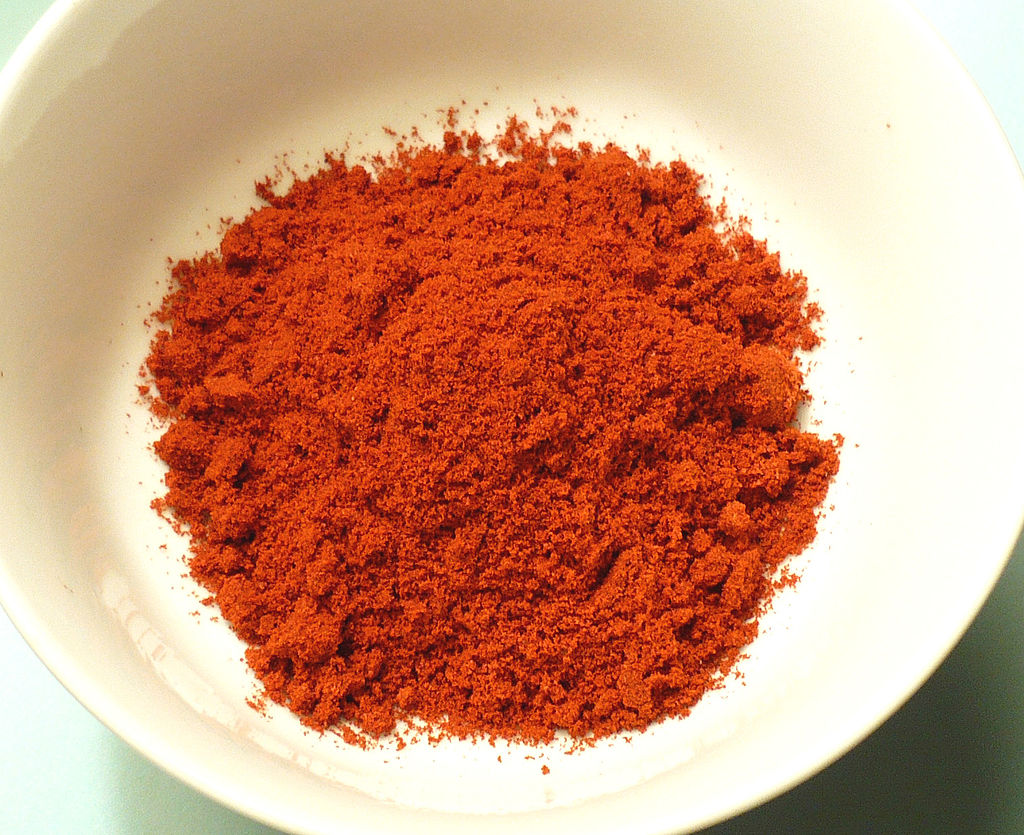
If you are looking for a spice to substitute for paprika, there are a few different options you can use. Substitutes for paprika include chili powder,…
Read more
Alex Bolano
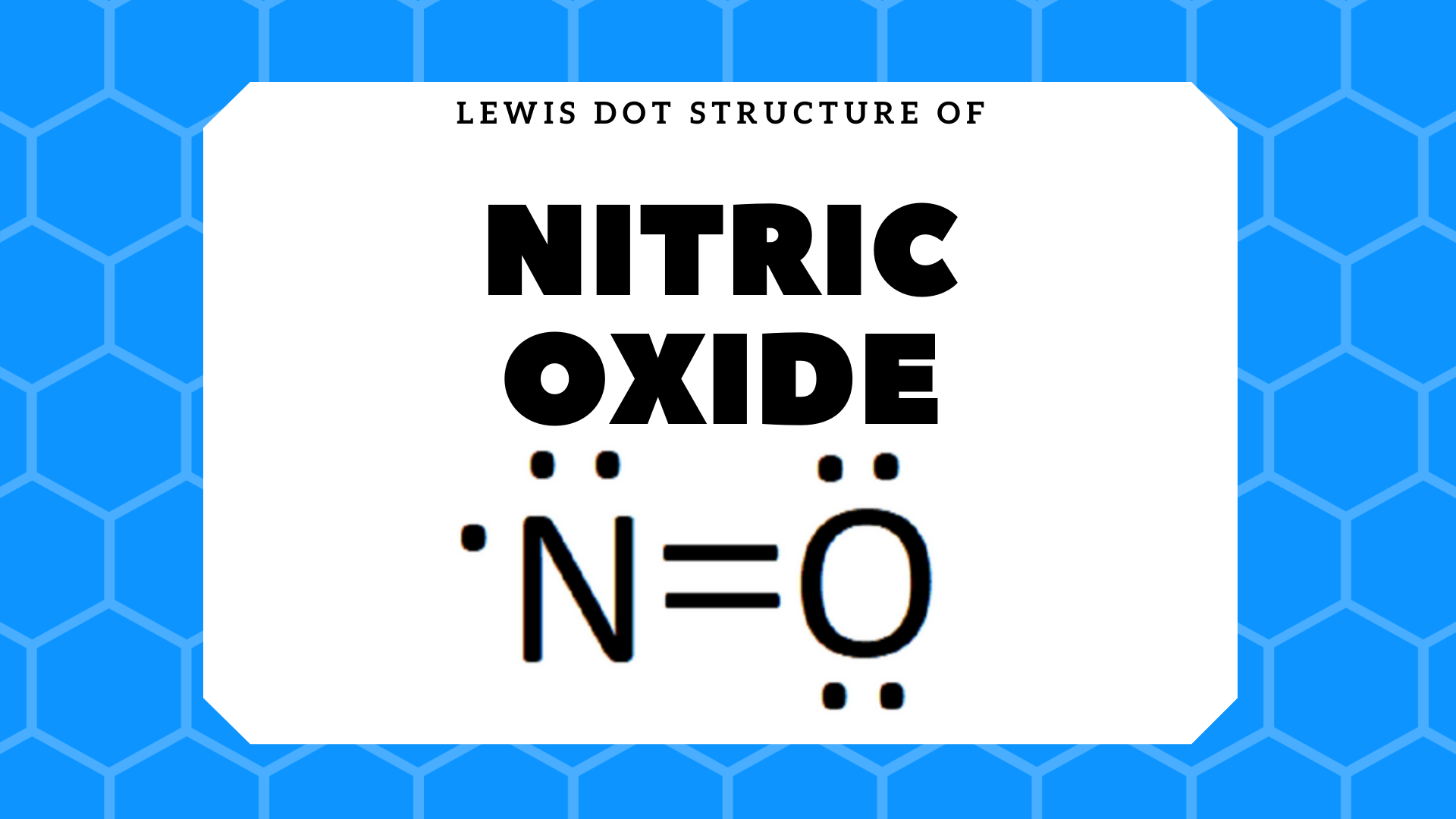
Nitric oxide (NO) is a gaseous compound composed out of a single nitrogen atom and a single oxygen atom. It is the simplest of the…
Read more
Alex Bolano

Hexane is a hydrocarbon compound with a chemical formula of C6H14. Hexane is classified as an alkane and is composed of a chain of 6…
Read more
Daniel Nelson

The ankle is the portion of the body where the foot and leg join together. Although the ankle is frequently referred to as one joint,…
Read more
Alex Bolano

Earthworms are tube-shaped segmented organisms that fall under the phylum Annelida. Contrary to popular perception, earthworms are not insects or arthropods—they are animals. Earthworms have a widely varied diet…
Read more
Daniel Nelson

The human hand is located at the end of the forearm, and it is made out of 27 different bones as well as two different…
Read more











